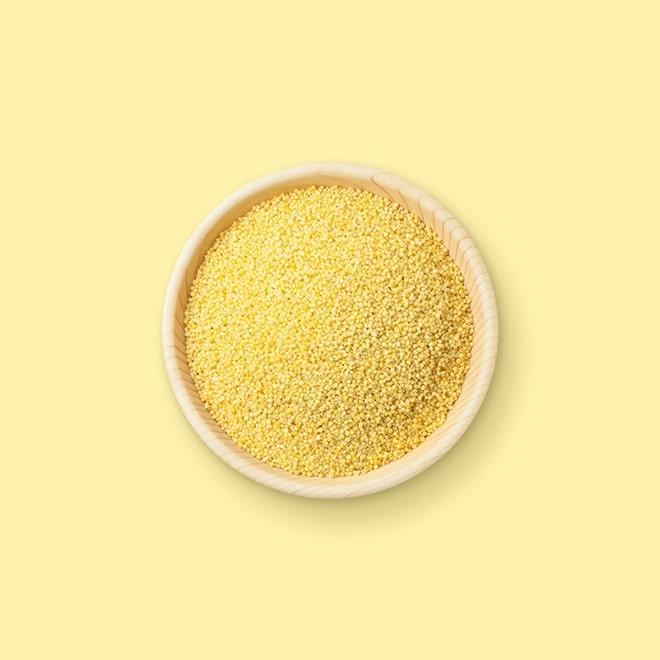Amaranth




Amaranth is a broadleafed plant that grows to about six feet. It’s closely related to quinoa and is more of a seed than a grain. It first originated and was domesticated in Peru in 6000 BC, and then spread to Mexico, India, and Nepal.
Amaranth was not only used as a food source but also to make paintings and statues! During the month of Panquetzalitli in December, Amaranth seeds would be used along with honey to make statues of the gods during religious ceremonies. After the month ended, the statue would be broken into small pieces and distributed amongst the people so everyone could have a little bit of the god.
The name amaranth is derived from the Greek word amarantos, which means “the unwilting,” referencing amaranth leaves’ tendency to maintain green color even after harvesting.
When Cortez and the Spaniards went to Mexico attempting to convert the Aztecs to Christianity, they first tried to destroy all the amaranth to prevent further Aztecs ceremonies, a task that ultimately proved to be pointless as amaranth plants were far too sturdy to be completely wiped out.
People have used other parts of the Amaranth plant for to make ornaments, dyes, or different dishes. In Paradise Lost, John Milton wrote a small excerpt about the amaranth plant.
Like all grains bought in bulk, when buying amaranth, ensure there are no signs of moisture to maintain freshness.
When storing amaranth, place in a sealed container and store in a cool, dry place. In areas where the climate is warm, refrigerating the amaranth is ideal.
For those with celiac disease, amaranth, which is glutenfree, can replace wheat or barley as it has a similar texture and taste. If you like gardening, you can even consider planting Amaranth seeds in your garden! The plant bears beautiful, bright pink flowers and the leaves stay green for a long time.
Amaranth has an abundance of protein, calcium, iron, magnesium, phosphorous, potassium. It is currently the only grain known to contain Vitamin C.
By nature, Amaranth absorbs water very easily thus giving it emulsifying properties.
Combine 1 cup of amaranth with 2 1⁄2 cups water. After bringing to a boil, reduce to a simmer for 20 minutes and cook until the grain is fluffy and water is mostly absorbed. Be vigilant when cooking as amaranth tends to get rather mushy.
Another option is to pop amaranth like popcorn! Heat a pot or skillet over high heat and add in seeds one tablespoon at a time. Stir with a spoon while popping and remove from heat once desired amount of amaranth is popped. You can enjoy it on it’s own or with milk or yogurt like a granola.
We suggest including it in breakfast cereals, sprinkled on salads, added to soups, or even in sauces as a thickener! It adds a nutty flavor to dishes.
Amaranth also comes in form of flour so it’s a great addition to gluten-free baking!
Unlike most grains, amaranth happens to be one of the few grains that should not be rinsed on account of its small size.
Amaranth is a healthy alternative to carbohydrates such as rice. Like buckwheat, Amaranth is an excellent source of highly soluble dietary fiber which lowers cholesterol. It is also glutenfree and contains healthy oils that reduce LDL and chance of heart complications.
Amaranth is also considered a source of complete protein as much as 28 grams per cup! Oats follow second with 26.3 grams per cup, and raw white rice with 13.1 grams per cup.
Unlike most grains, amaranth contains a high amount of lysine, an essential amino acid that many other grains are missing.
In addition, 1 cup of Amaranth contains 298 milligrams of calcium and 519 milligrams of magnesium! While it has all of these nutrients, Amaranth has a lower carbohydrate content compared to other glutenfree grains.
Corrections or improvements? Email us at
content@sidechef.com